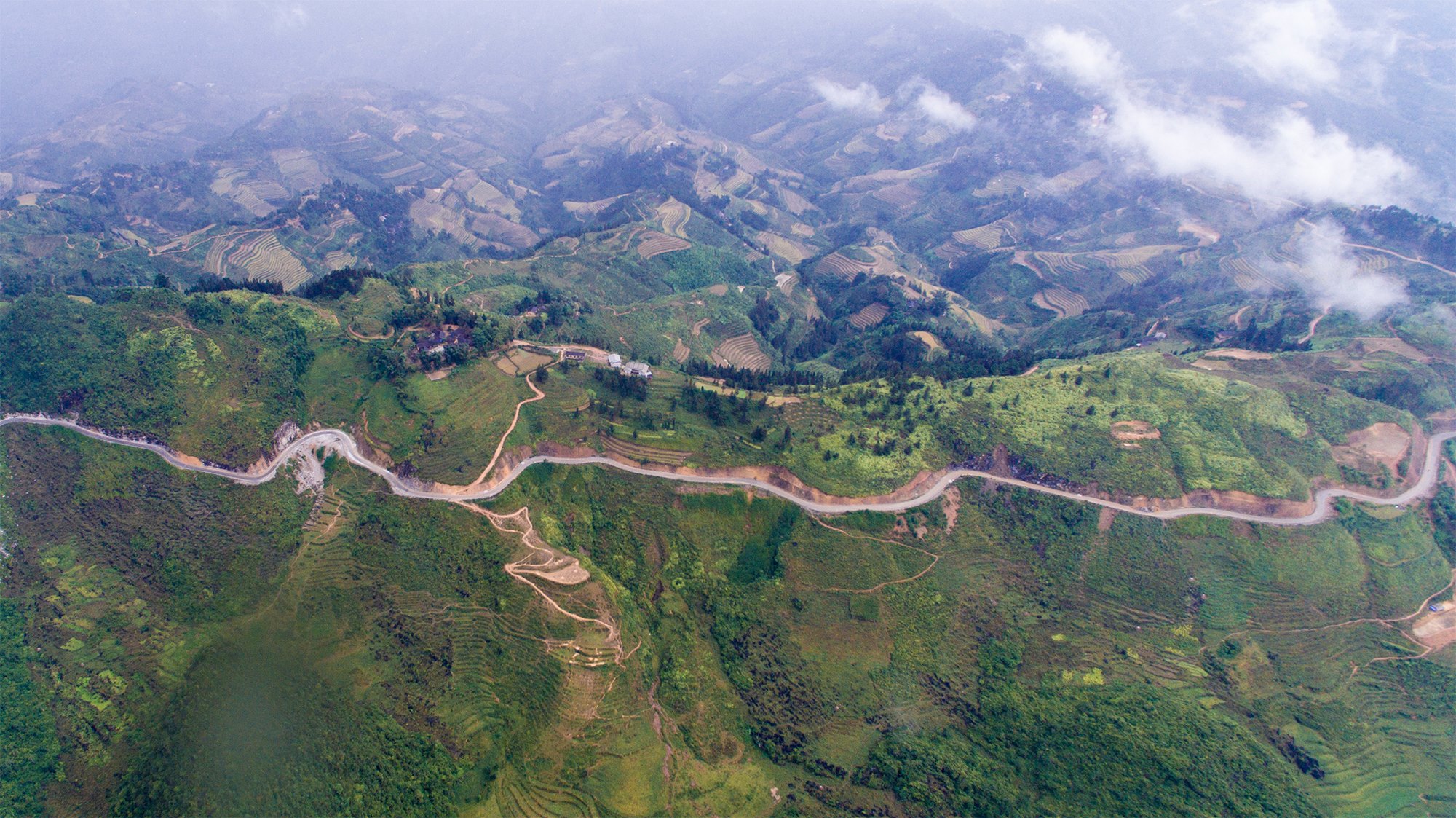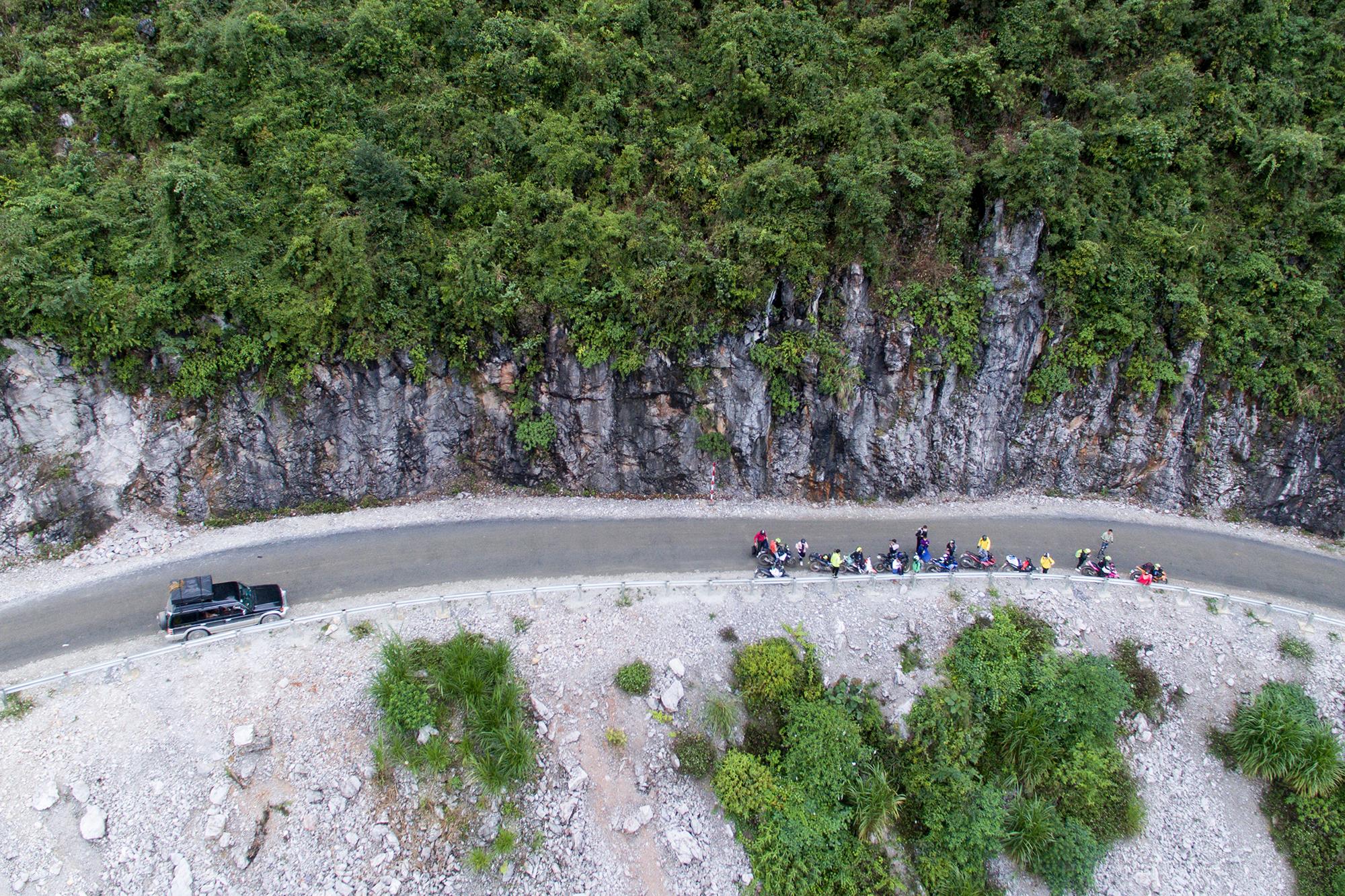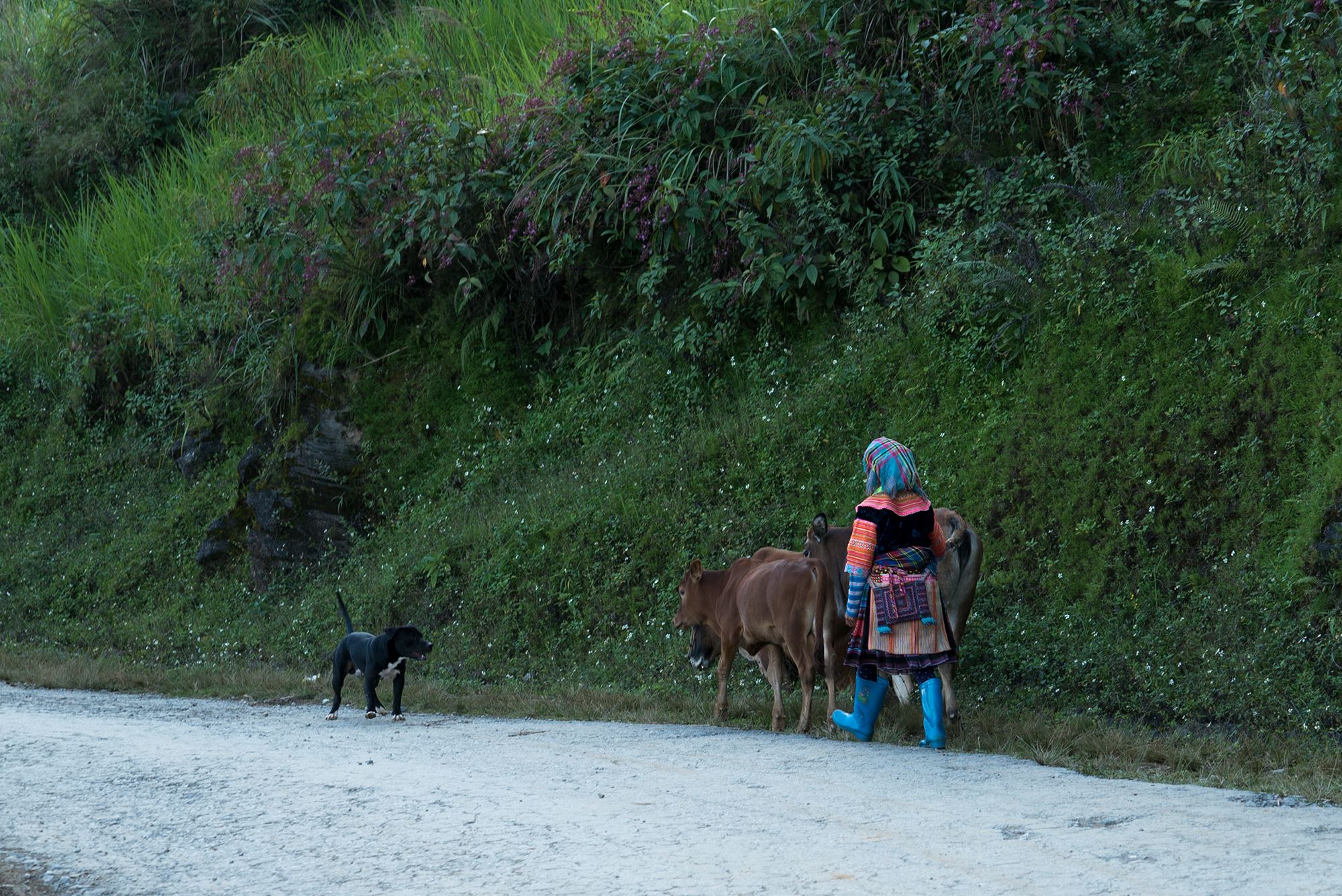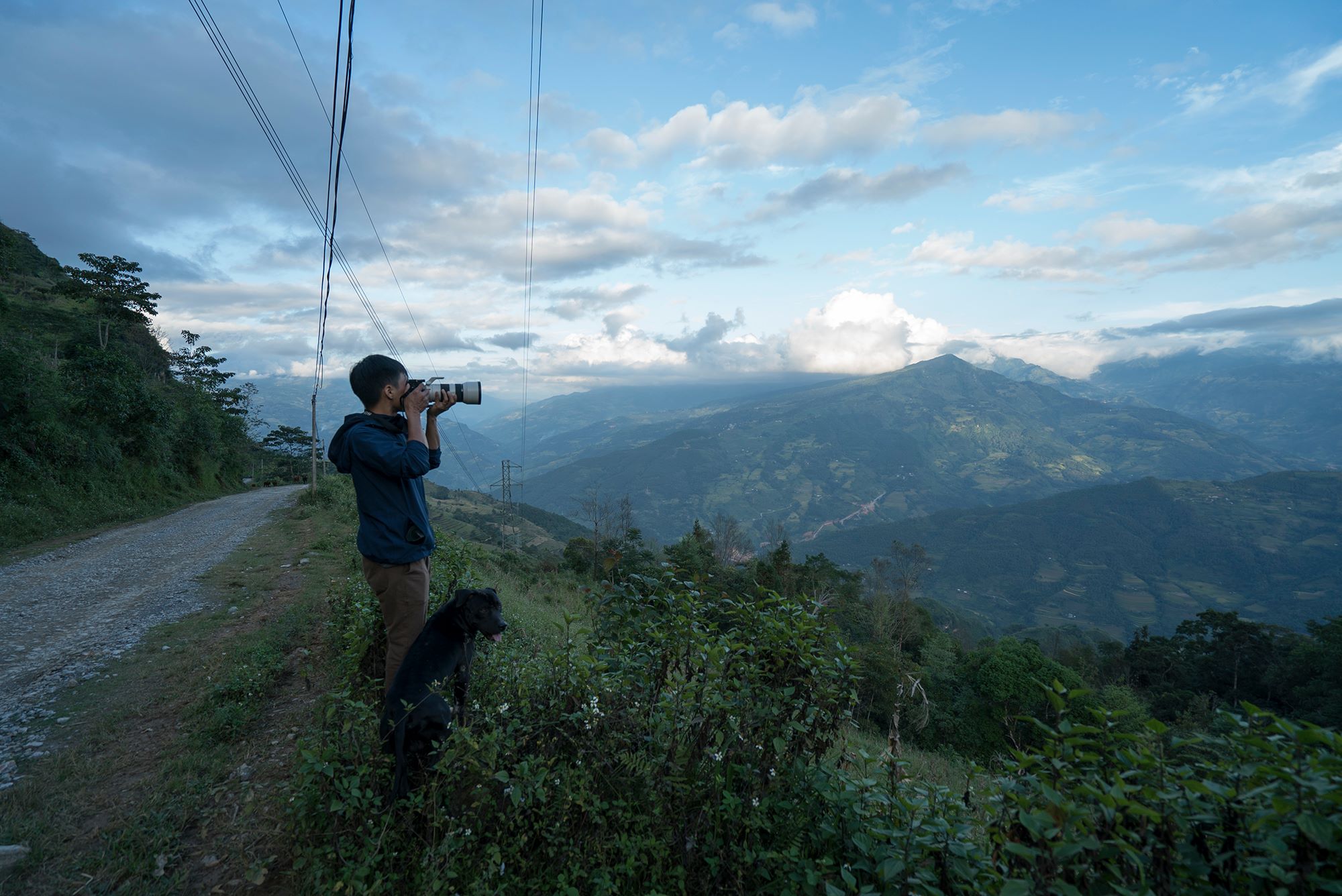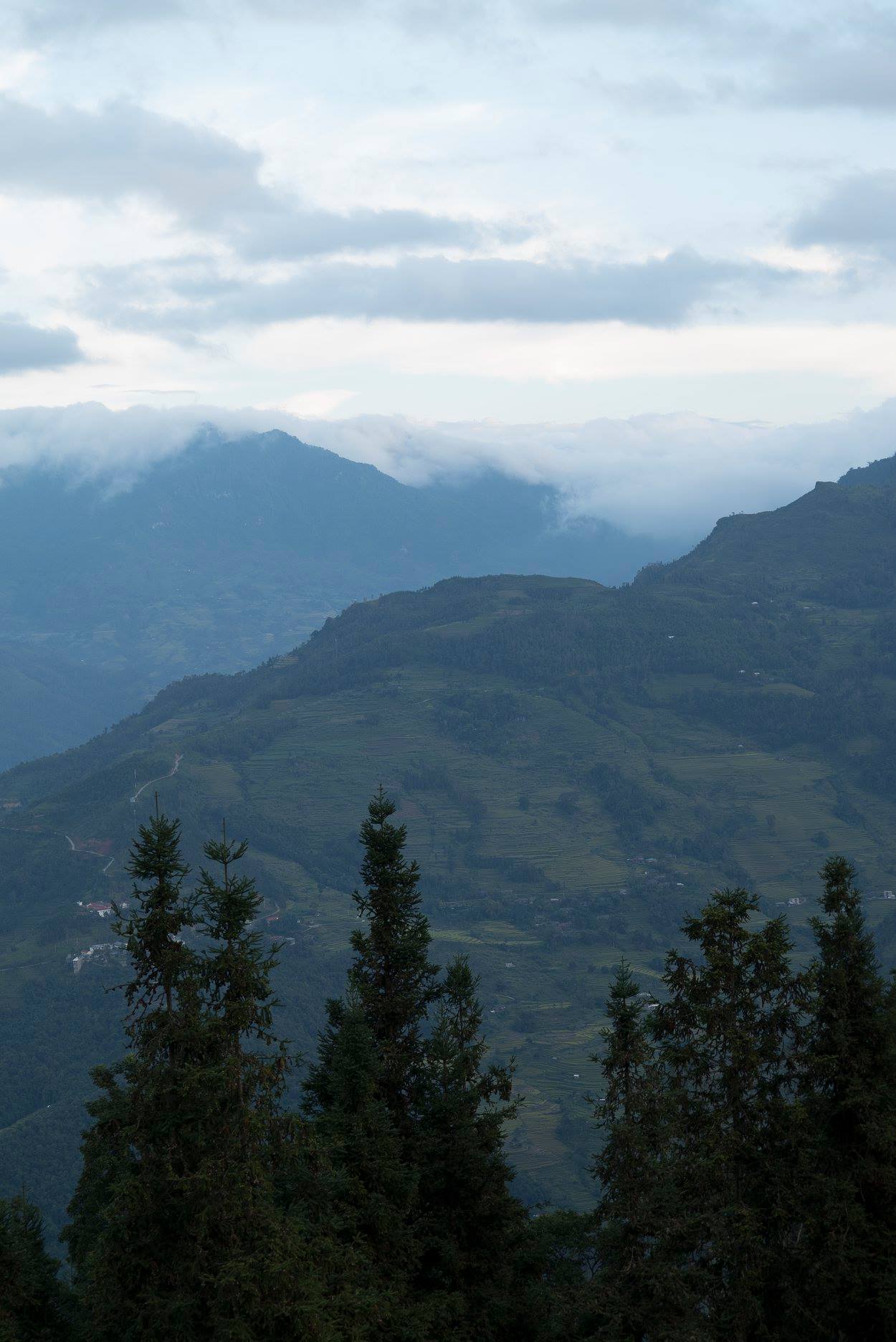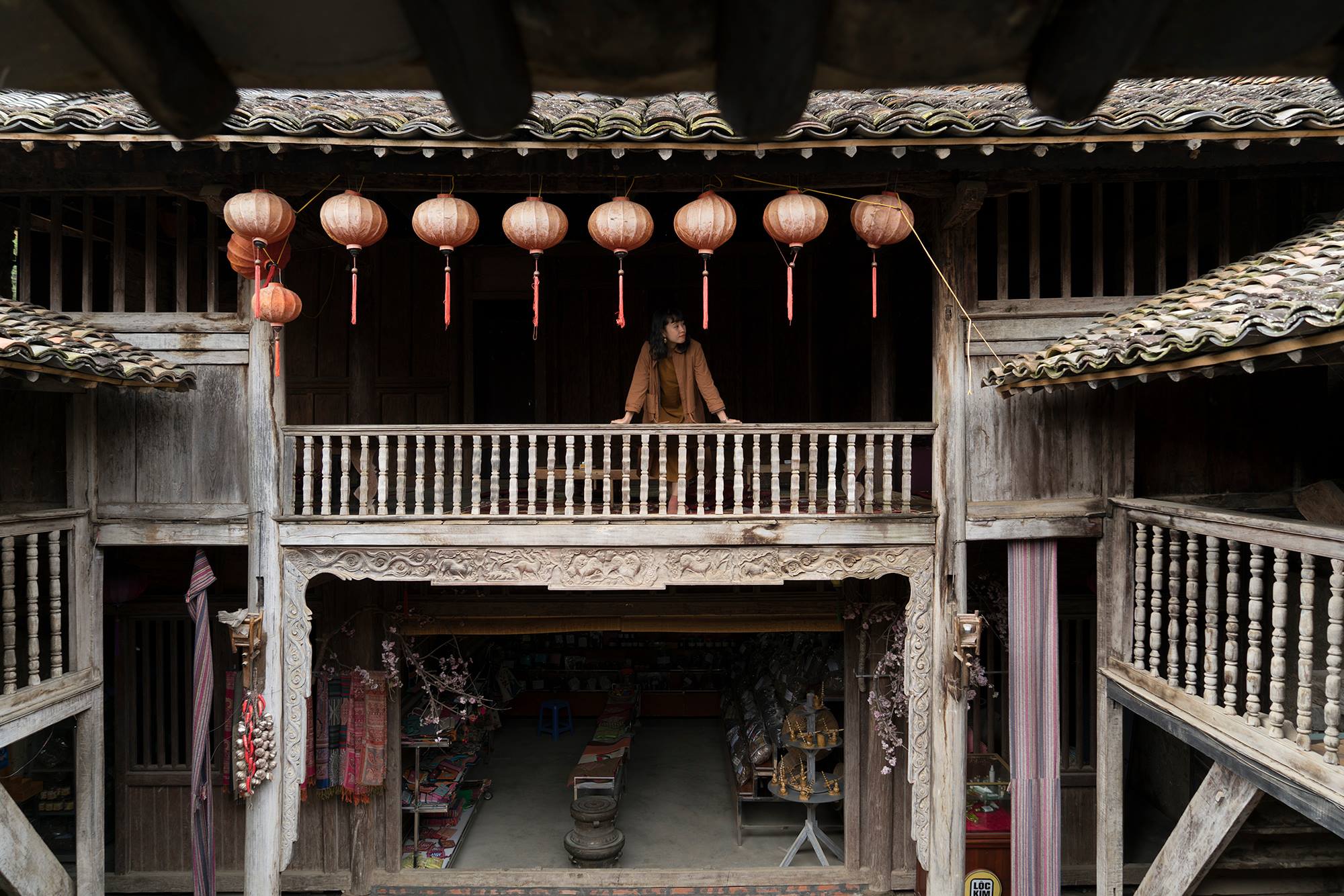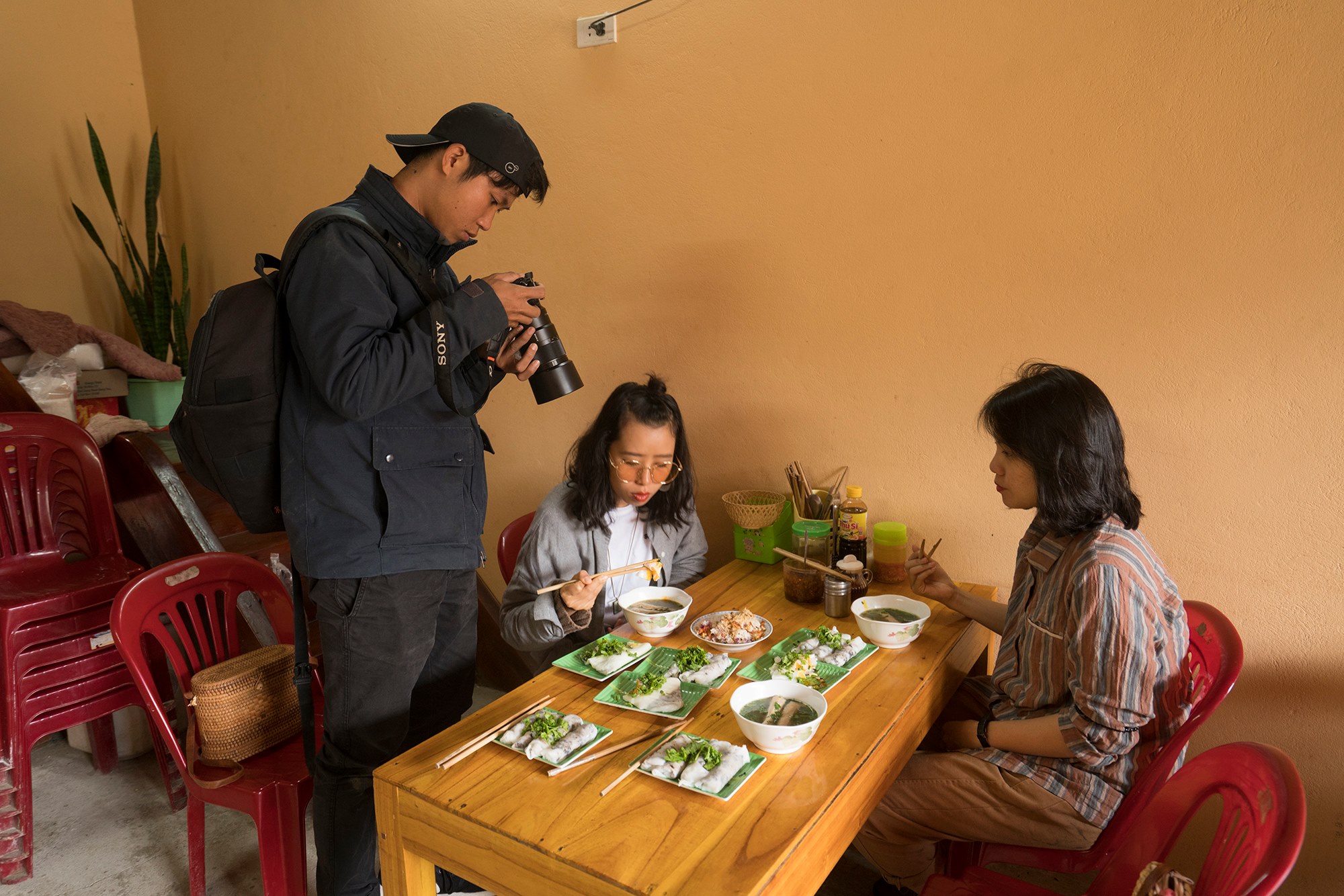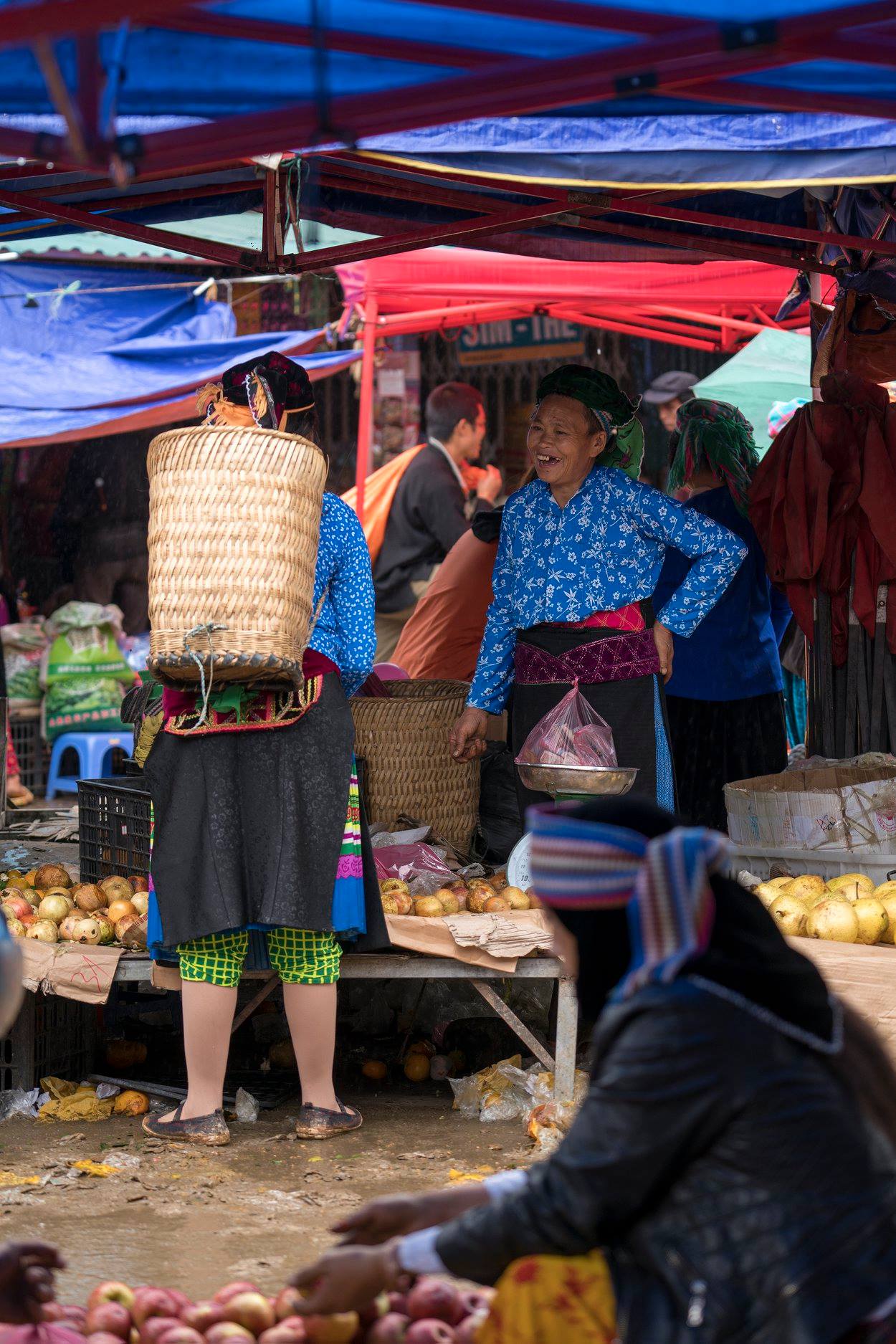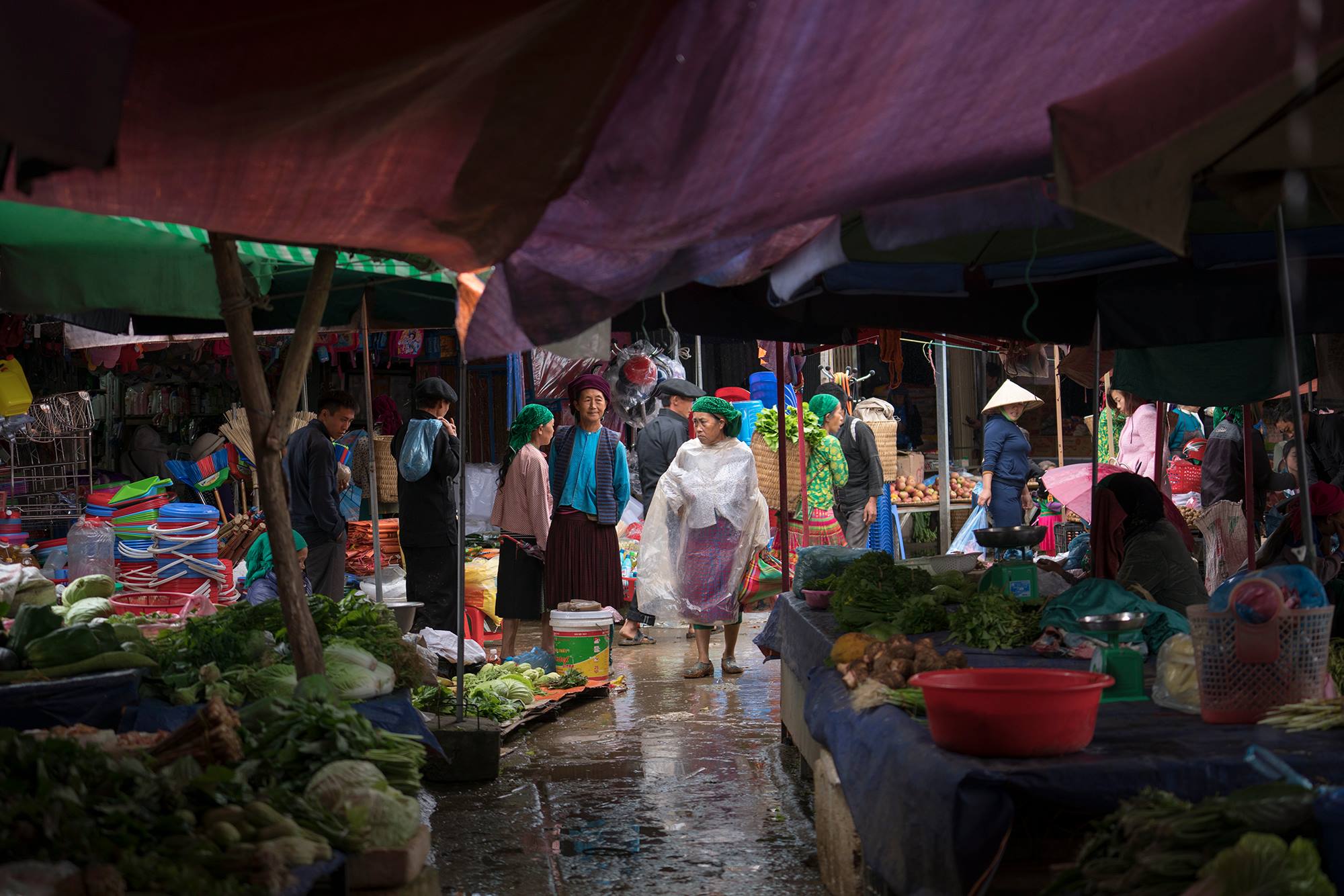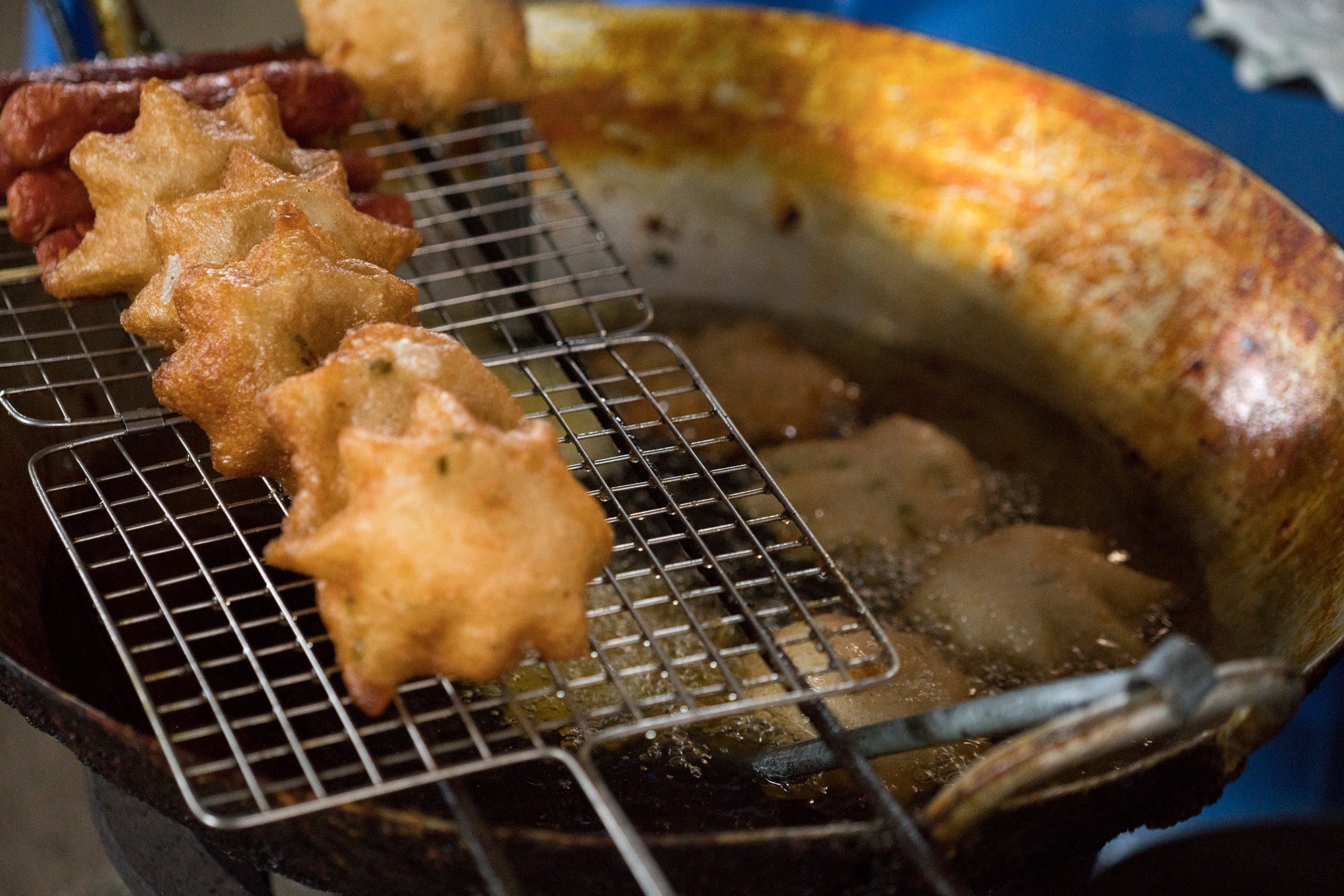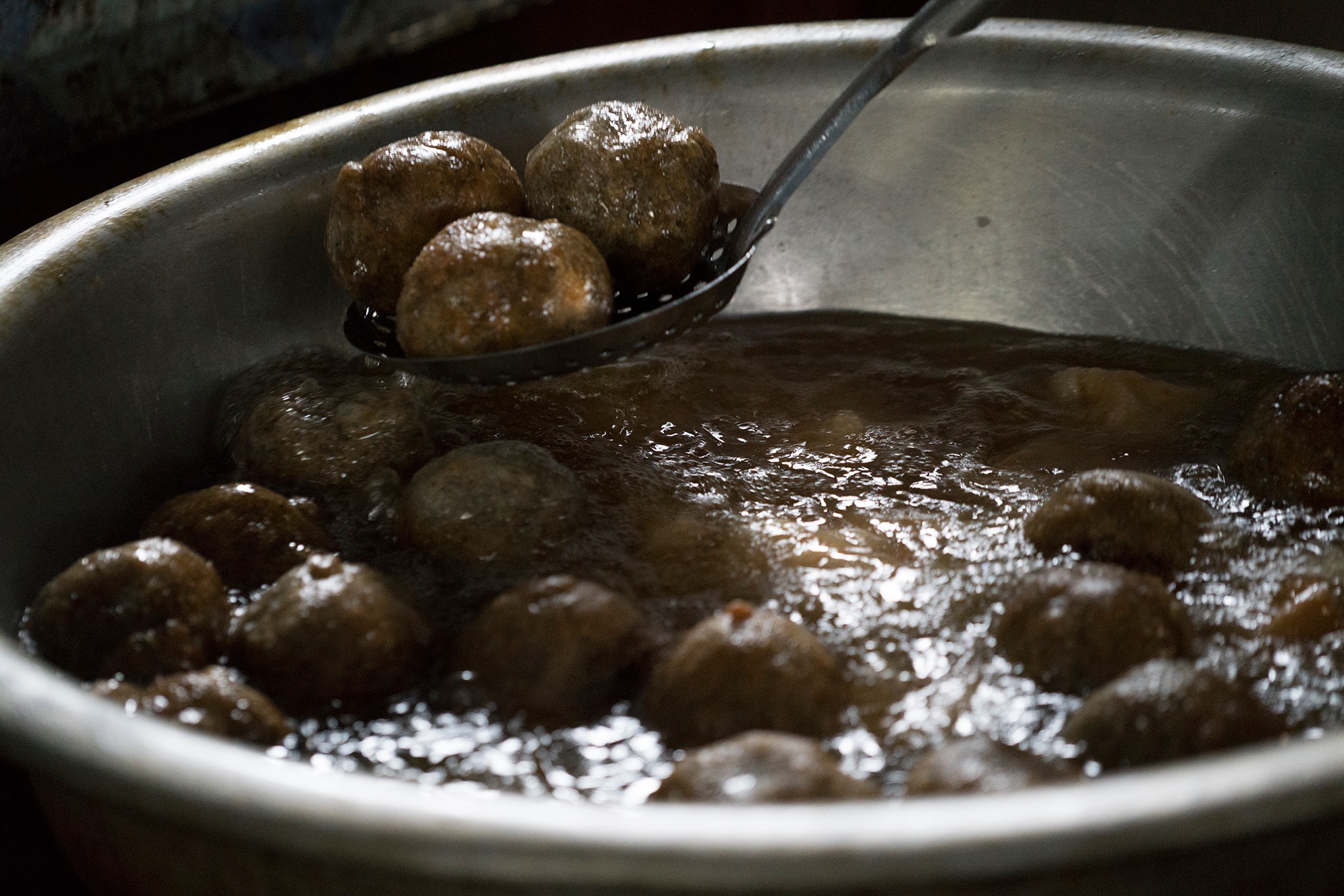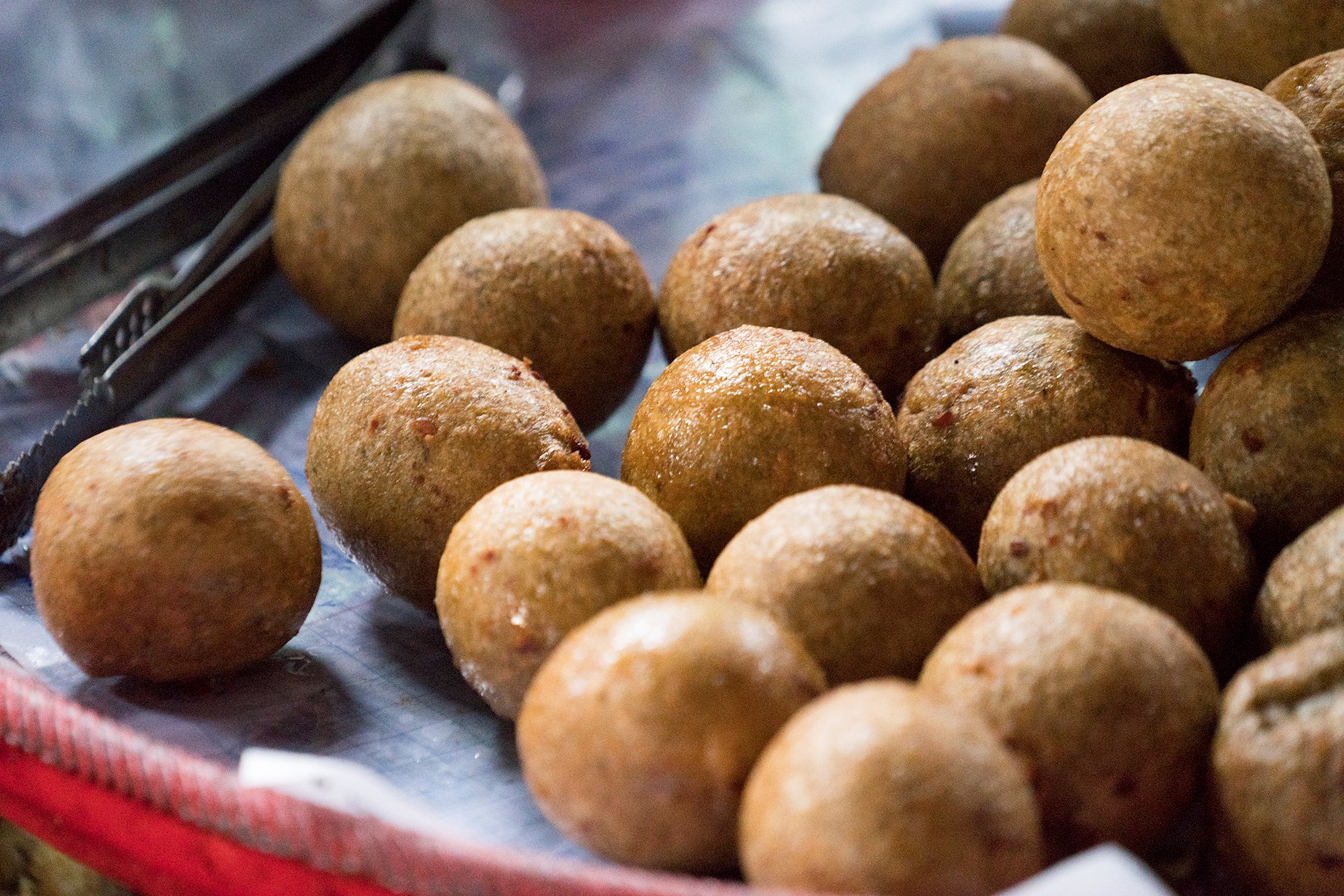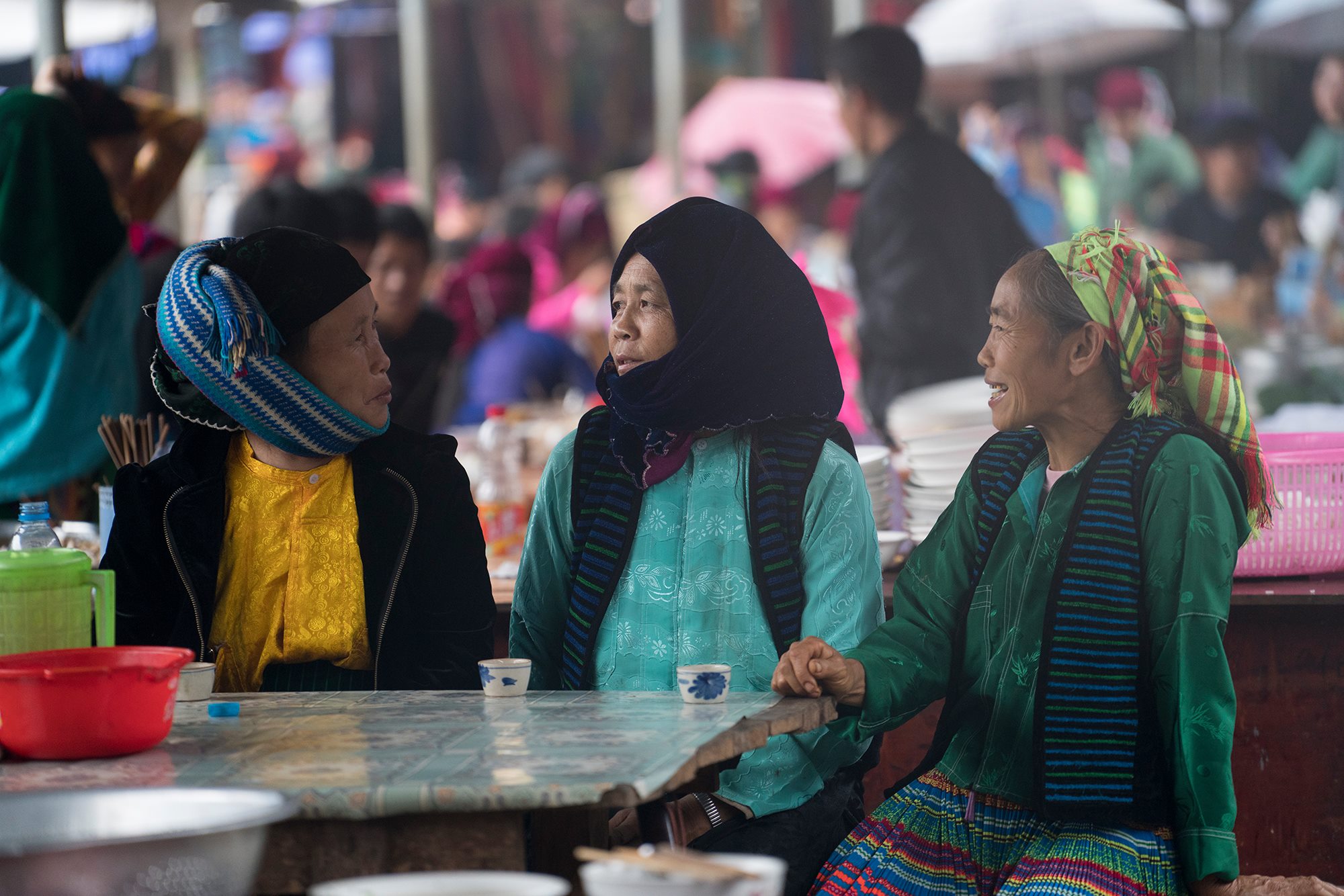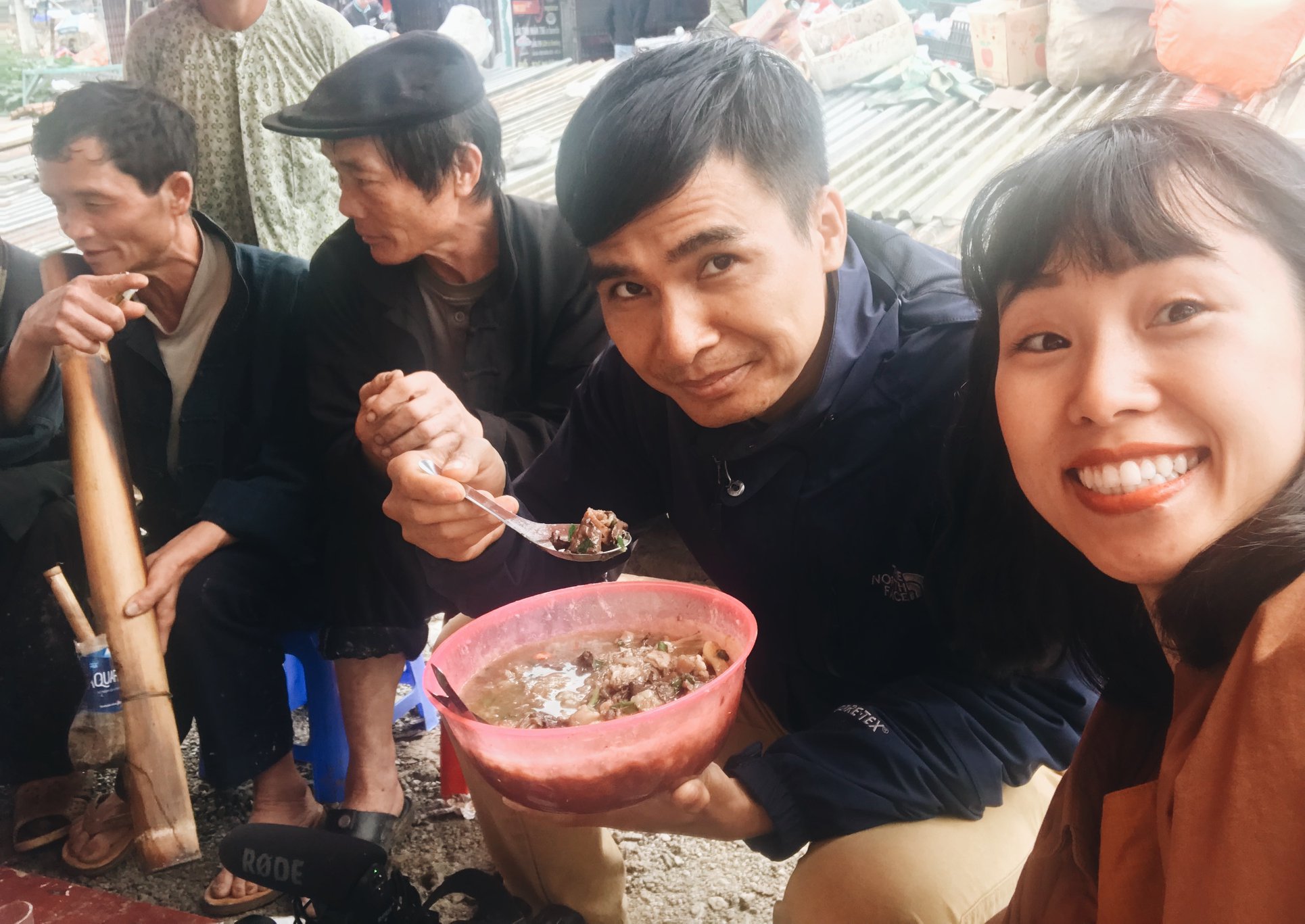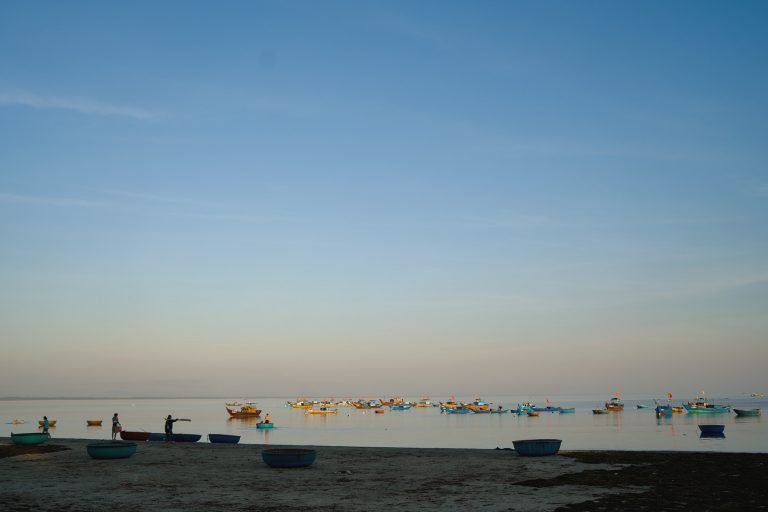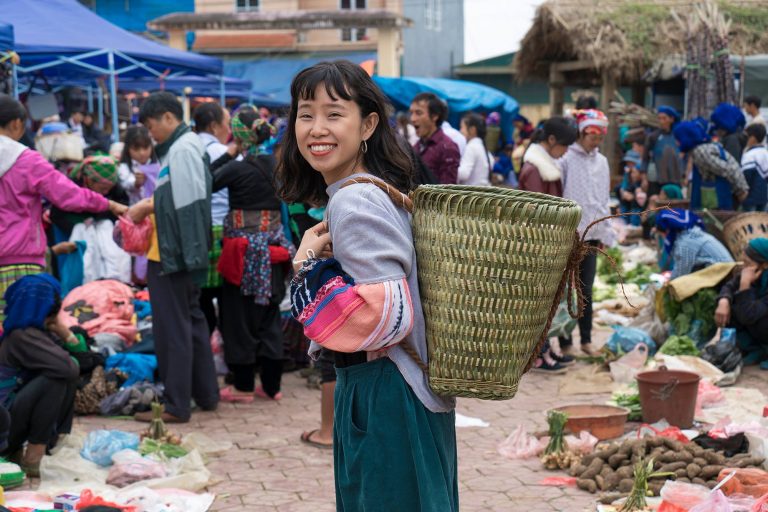Dong Van – the cradle of the culture of Ha Giang people
On the way to Dong Van rock plateau, we passed by Ha Giang city, Quan Ba town, and Yen Minh town. Those are beautiful places. This photo was taken when we passed by Yen Minh. We met a young trekking group on their motorbikes.
The way to Dong Van rock plateau was winding around the ridge.
Because of the beautiful road, we stopped many times on the way. Sun was very interested to see the herd of cows. He ran after the cows for a while.
From this place overlooking the immense valley, the majestic mountains were far away, the clouds were silently still, I felt as if I was watching a vivid picture of a great artist.
This is the picture taken from where my husband and Sun stood.
Having this tent is great! You can open the tent to camp wherever you go.
It is the rock plateau so we could see rocks everywhere hihi.
And this is Dong Van. Dong Van Old Street is a small and lovely street. In the past, houses were built from woods and stones along the street. However, there are now many newly built houses so the street no longer has an ancient appearance. Only a few old houses, like this Old Quarter coffee shop which is in an old house of over 100 years old, have never been renovated. Although it was sure to be less ancient than Hoi An old town, the atmosphere in the old town was quite comfortable.
The roof remained the old tiles.
This should be a good place to take beautiful photos, right?!
In addition to sightseeing, when you come to Dong Van, remember to try some local dishes such as sticky rice balls in ginger syrup (thắng dền), horse hotpot, black chicken hotpot, simmered horse meat and offal (thắng cố), fried buckwheat pancakes (bánh tam giác mạch chiên), or steamed pancakes served with bone broth (bánh cuốn chấm nước xương) as shown in the photo. The two ladies on the photo were focusing on the task of picking up the foods for the cameraman to shoot the clip, so our faces were serious.
Coming to Dong Van, you have to arrange your schedule so that you have the chance to attend Dong Van market on a Sunday. Among the markets in this trip, Dong Van Market was the biggest and the most special. Cultural cradle in the town of Dong Van had nurtured the people of typical identity. Faced with the wave of heartless tourism organizers, the locals here still kept their own nature.
On weekdays, Dong Van market is still open for business but there are not many stalls. Only on Sundays, Dong Van market fair brings together many ethnic people. They are happy to sell a variety of goods.
They wore beautiful costumes going back and forth to add to the attraction of the fair.
The vendors at the market were H’mong, Han, Dao, Tay, Giay … Most people could speak Vietnamese, and they were happy, vivacious, and friendly.
In the market, besides pigs, chickens, vegetables, and agricultural products … there were many stalls selling cakes made from glutinous flour.
The most attractive and eye-catching type might be the fried buckwheat pancake (bánh tam giác mạch chiên). The cake had a slightly sour taste, quite suitable for my taste. There was another type of buckwheat cake in the shape of a round, flat, large piece, with the texture of a croissant but somewhat difficult to eat.
Familiar green bean cakes appeared in most markets, not just Dong Van market. Over many days, I really admired the creativity of our ancestors when using glutinous rice flour to create countless kinds of extremely attractive cakes.
In the market, in the foods & beverage area, most of the stalls sold “pho” (phở). However, Dong Van pho is not served with beef or chicken, but with pan-fried and chopped pork. The broth was only water with ginger, cardamom, and bitter candy (sugar melted and cooked to color the dish). Actually, the taste was also good but not very similar to the normal pho. In every stall, there were many people: men, women, old people, children, etc. Other than business, people also see this market fair as an opportunity to invite their family or friends to hang out. The image of the ethnic girls and women gathered and ate and drank was not strange at all.
Before leaving Dong Van fair, we also had the opportunity to enjoy the simmered horse meat and offal (thắng cố) in the authentic ethnic style. According to the document, thắng cố is a traditional dish of H’mong people, originating from Yunnan (China); later it was introduced to the Kinh, Dao and Tay ethnic groups. The traditional meat to cook thắng cố is horse meat which later might be beef, buffalo meat, and pork.
In the words of Giang Seo So, a 65-year-old Mong man in Ban Pho commune, Bac Ha district, Lao Cai province, Vietnam, who cooked the famous simmered horse meat and offal (thắng cố ngựa), as of 2011, “The dish was born nearly 200 years ago when the H’mong, Tay and Nung people came to Bac Ha to reside. ”
On market days, thắng cố are usually cooked in large pots or pans. Ethnic people often gather together to eat this dish and drink to get drunk. Usually, a group of 3-4 people will call a big bowl of thắng cố, then each person holds a spoon to eat. Where we sat was a corner of the market for innocent people like that. Whether a man or a woman, they can invite each other to come here to eat thắng cố and drink and enjoy wine so well.
For your reference, thắng cố is “bone soup”. I have heard many times that ethnic people cook this dish by cooking all parts of horses/ cows/ buffaloes in a large pot of water, including the part of the intestines with young feces.
It sounds scary! But I am passionate about tasting all kinds of food in the world with the authentic processing style of local people, so I dared to try it. Umm … quite similar to the dish of intestine stew (phá lấu) I often ate in Saigon. However, thắng cố did not have a strong taste because the people from the past did not add seasonings in the food, and a little too soft because the meat was well cooked, and there were many greases (of course).
Thắng cố is often eaten with mèn mén – steamed corn flour, which had long been the main foods for the ethnic people here. The guys sitting with us were a group of Mong and Lo Lo people. They were happy to encourage us to try the dish. We took a spoon of mèn mén, and then a spoon of thắng cố. It was not as bad as I imagined, but it was hard to be rated as delicious, to the normal standards. But obviously, trying the authentic thắng cố is a memorable experience!

